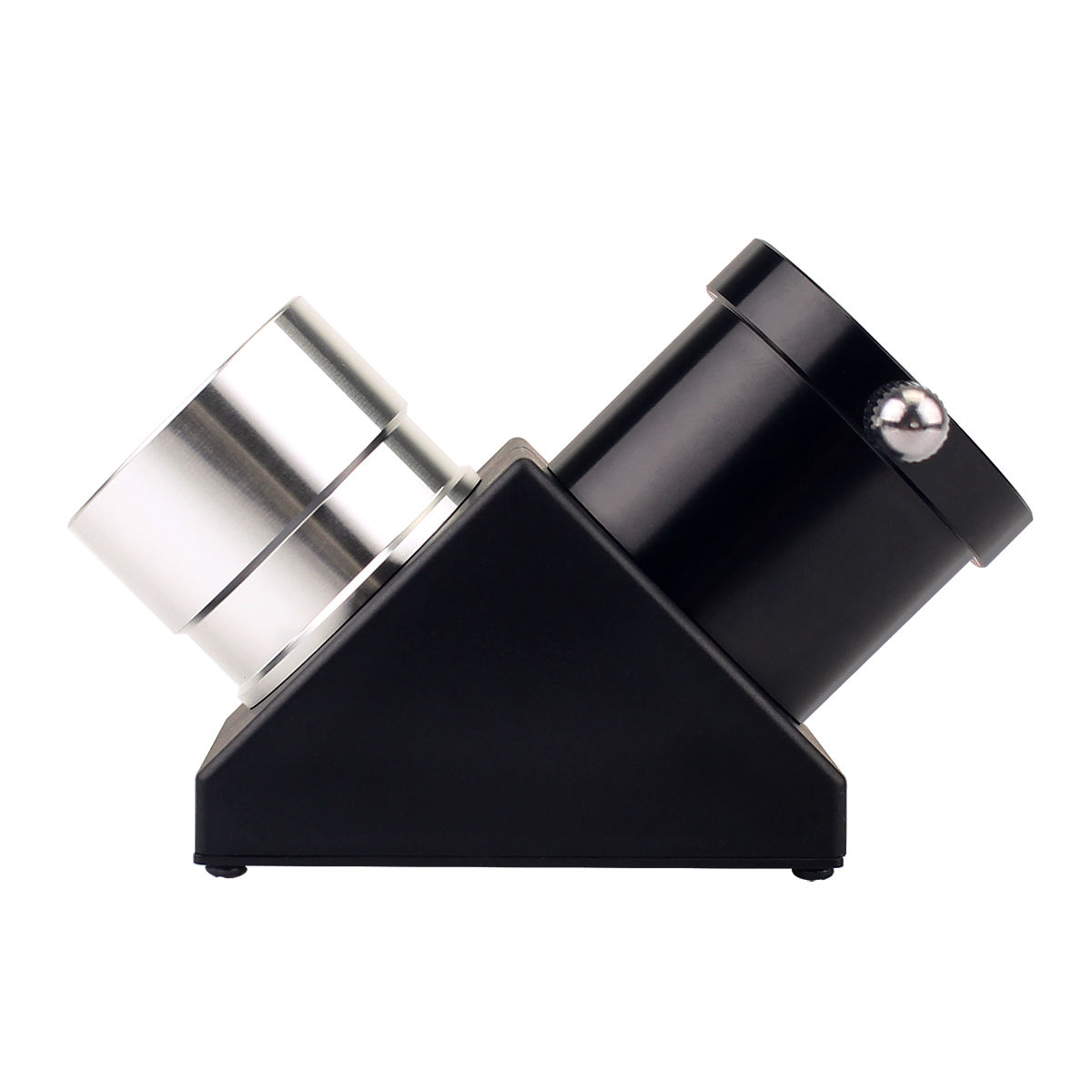https://www.astroshop.eu/drive-motors/skywatcher-eq-2-ra-motor-drive/p,1532#tab_bar_2_select
Astronomy
Binoculars for Astronomy: Ultimate Guide on Selecting & Buying
https://www.skyandtelescope.com/astronomy-equipment/binoculars-for-astronomy/
How to Choose Binoculars for Astronomy and Skywatching
Three Colours: Blue – Wikipedia
Lunar Perigee and Apogee
The Moon’s orbit around Earth is elliptical. The point of the orbit closest to Earth is called perigee, while the point farthest from Earth is known as apogee.
https://www.timeanddate.com/astronomy/moon/lunar-perigee-apogee.html
1.25″ 90°Zenith /plane Mirror for Eyepiece Astronomical Telescope Accessories | eBay

1.25″ 90°Zenith /plane Mirror for Eyepiece Astronomical Telescope Accessories
Source: 1.25″ 90°Zenith /plane Mirror for Eyepiece Astronomical Telescope Accessories | eBay
Aperture synthesis
Watch “Observing planets: optimising your views” on YouTube
Tabetha S. Boyajian
Andromeda Galaxy
The Andromeda Galaxy (/ænˈdrɒmᵻdə/), also known as Messier 31, M31, or NGC 224, is a spiral galaxy approximately 780 kiloparsecs (2.5 million light-years) from Earth.[4] It is the nearest major galaxy to the Milky Way and was often referred to as the Great Andromeda Nebula in older texts. It received its name from the area of the sky in which it appears, the constellation of Andromeda, which was named after the mythological princess Andromeda.
https://en.m.wikipedia.org/wiki/Andromeda_Galaxy
Beehive Cluster
Double Cluster
The Double Cluster (also known as Caldwell 14) is the common name for the open clusters NGC 869 and NGC 884 (often designated h Persei and χ Persei, respectively),[1] which are close together in the constellation Perseus. Both visible with the naked eye, NGC 869 and NGC 884 lie at a distance of 7500 light years.[2] NGC 869 has a mass of 3700 solar masses and NGC 884 weighs in at 2800 solar masses; however, later research has shown both clusters are surrounded with a very extensive halo of stars, with a total mass for the complex of at least 20,000 solar masses.[3] Based on their individual stars, the clusters are relatively young, both 12.8 million years old.[4] In comparison, the Pleiades have an estimated age ranging from 75 million years to 150 million years. There are more than 300 blue-white super-giant stars in each of the clusters. The clusters are also blueshifted, with NGC 869 approaching Earth at a speed of 39 km/s (24 mi/s) and NGC 884 approaching at a similar speed of 38 km/s (24 mi/s).[5] Their hottest main sequence stars are of spectral type B0.
https://en.m.wikipedia.org/wiki/Double_Cluster